Most of the connectors used in development boards are currently the most common form. However, these connectors only meet the most basic needs, relying heavily on DuPont wires and breadboards, which do not look very aesthetically pleasing.
I believe the overall idea of hardware design for development boards is
how to make it more convenient
and simpler to use development boards
Solving the issue of connectors is relatively straightforward.
One is the classification issue; DuPont wires come in different colors, allowing the definition of interfaces to be identified by color. This also provides a basic classification of interfaces.
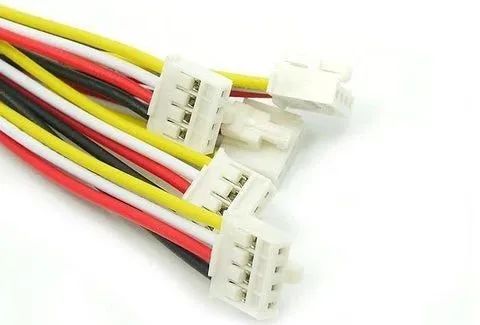
If we want to further classify, it’s simple: several DuPont wires bundled together, one module, one component only needs one wire.
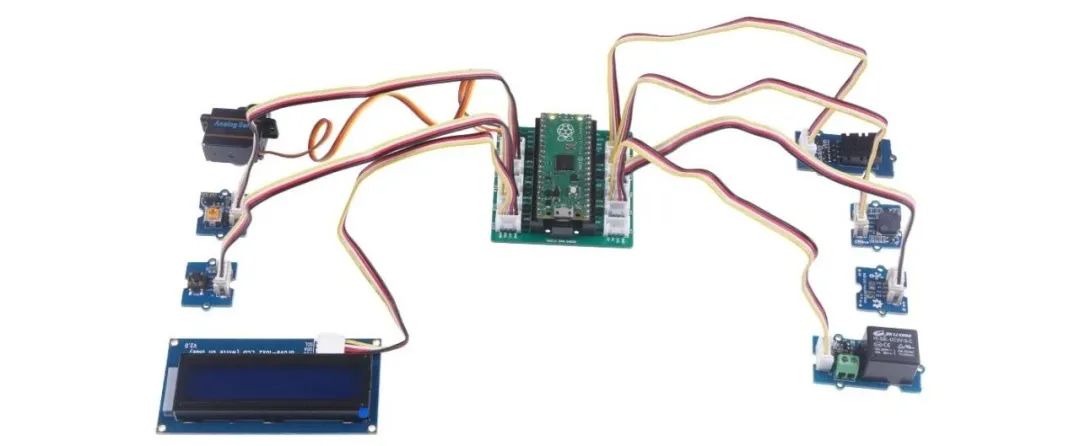
Using commonly used connectors ensures a stable connection and includes anti-mistake features; under correct design, it won’t be plugged in incorrectly.
For example, the Grove interface and accompanying wires released by Seeed embody this idea.
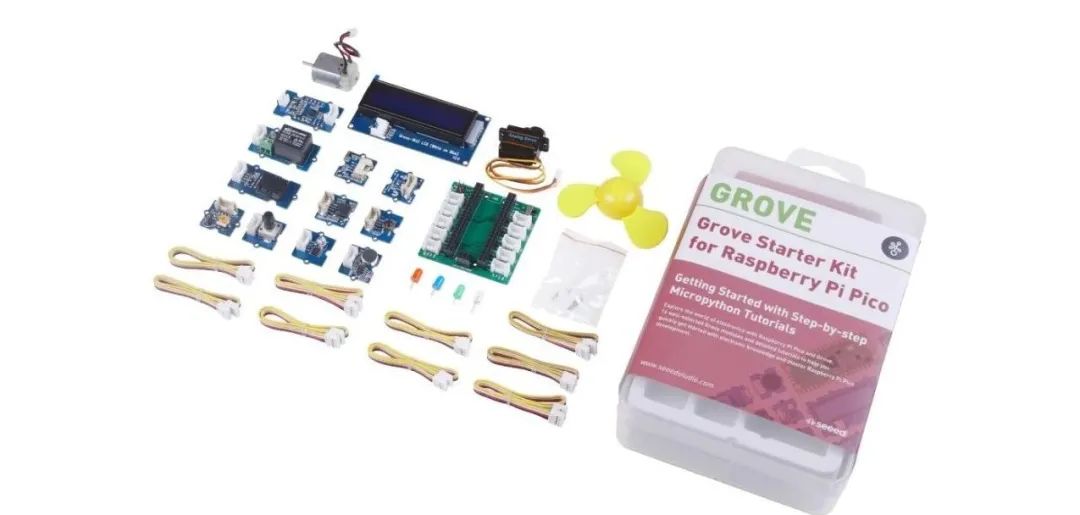
The problem with this idea is that it limits flexibility; Grove has only four wires, allowing only I2C protocol or GPIO. If you want to use SPI protocol or others, it becomes more complicated. However, for beginners, this already solves most wiring issues.
In reality, any convenient design will sacrifice some flexibility. If flexibility is not sacrificed, the price will increase.
Maximizing convenience while not sacrificing flexibility, and keeping price increases minimal is our ultimate goal.
Next, we will explore the design ideas of two development boards to speculate on the future direction of development boards.
First is the control board made by the domestic company Shengsi.
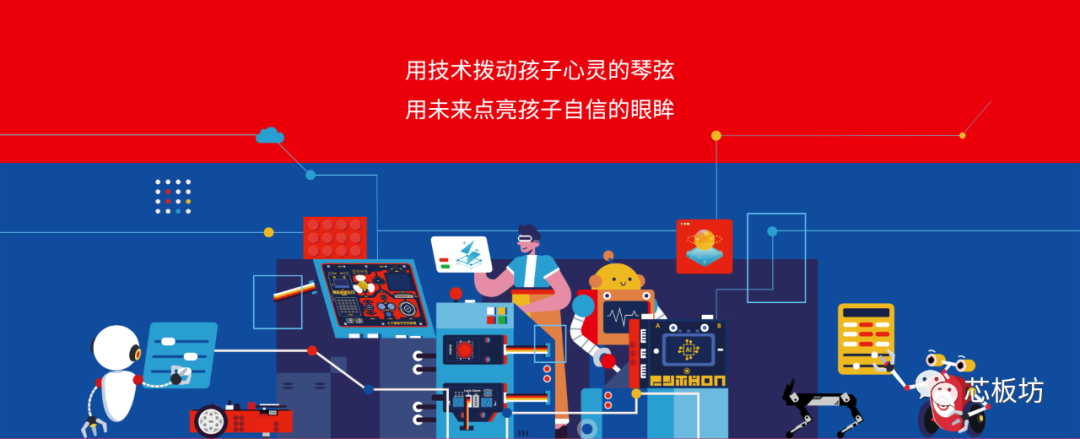
This development board has outstanding advantages, designed based on the ESP32 module, and has its own software, widely used in the education sector.
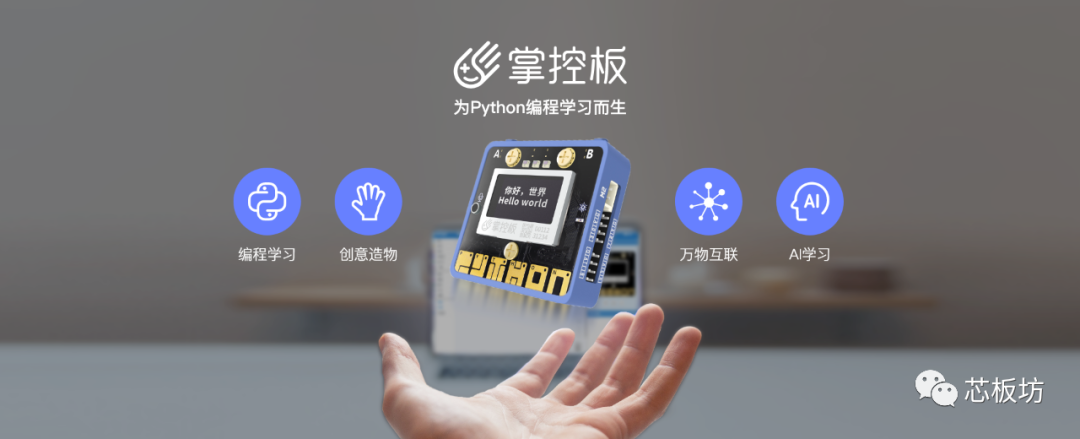
Of course, its design is clearly modeled after the Micro:bit.

However, I am more optimistic about it for a couple of reasons: one is that the Micro:bit’s performance is not very good, and the other is that it comes with an OLED screen, while the Micro:bit’s color LEDs, to be honest, are only visually appealing and are not as functional as a screen.
In addition to the screen, it also includes a microphone, three color LEDs, a three-axis gyroscope, a buzzer, and two buttons, making it a highly integrated development board. Its I/O interfaces use a gold finger method, forming six characters of Python, which can also be used as touch buttons. To use its pins for some simple experiments, you need to use alligator clips, while more complex tasks still require an expansion board.
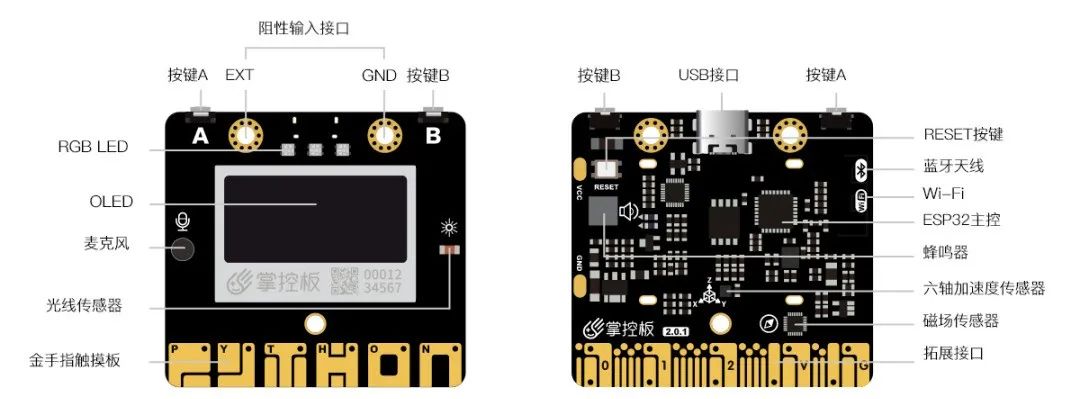
Its expansion board is compatible with Micro:bit’s expansion boards, and the usage is similar to inserting a memory stick.
The official one comes with an expansion board, which connects through spring pins pressing against the gold fingers, fixed by three screws. Once secured, a rubber sleeve is added on the outside, which looks quite nice.
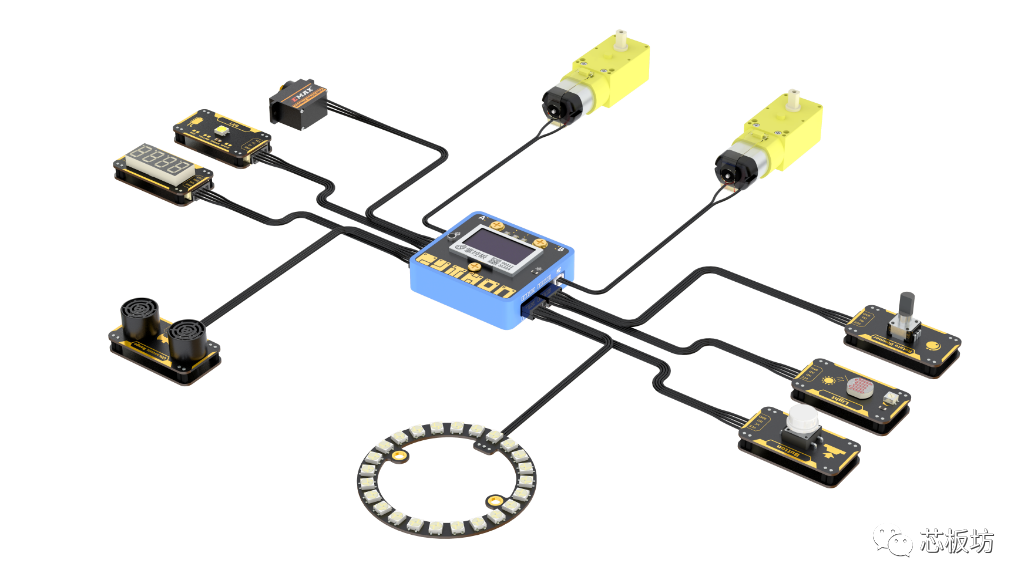
The main issue with this development board is its reliance on the expansion board, but the expansion board provides a battery, speaker, and motor driver that can drive two motors. It can also be charged and has a switch. This expands functionality while significantly reducing the number of connectors.
There is also another development board, the M5Stack Core.
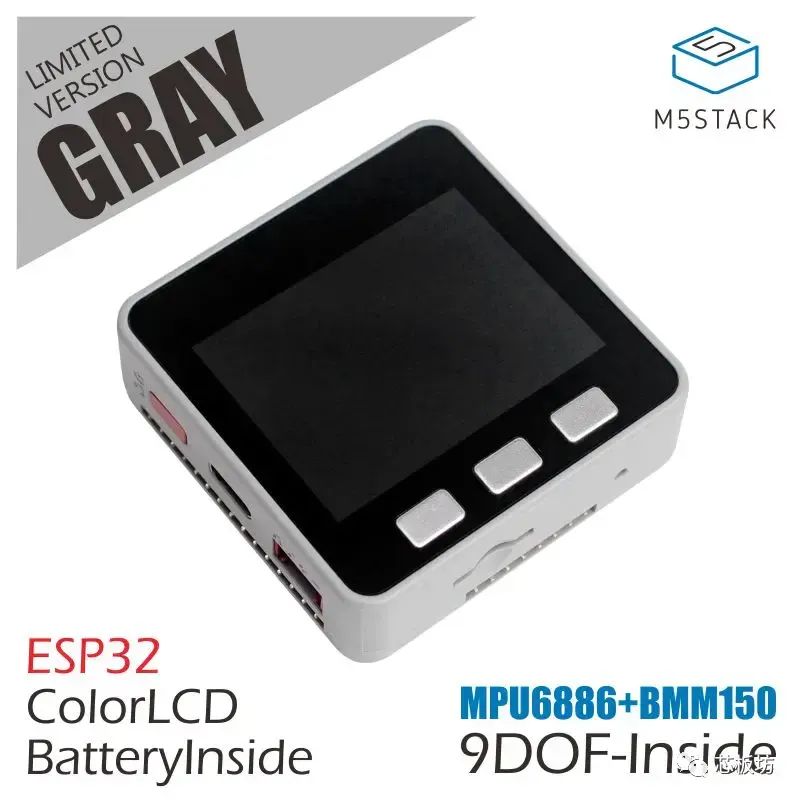
I feel that this cannot even be called a development board; it should be called a maker kit. It comes with a color LCD screen, three buttons below, an SD card slot, a speaker, a three-axis gyroscope, and very few side interfaces.
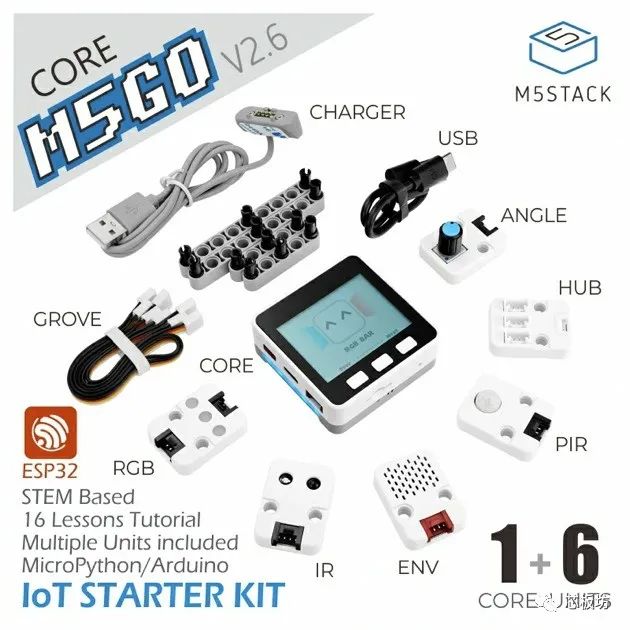
It mainly relies on expansion boards to achieve functionality. Opening it up, you can see that it also uses a combination of connectors, but these connectors are surface-mounted, making it more aesthetically pleasing and allowing for a smaller overall thickness.
Now the control board also has a similar product called the Happy Control.
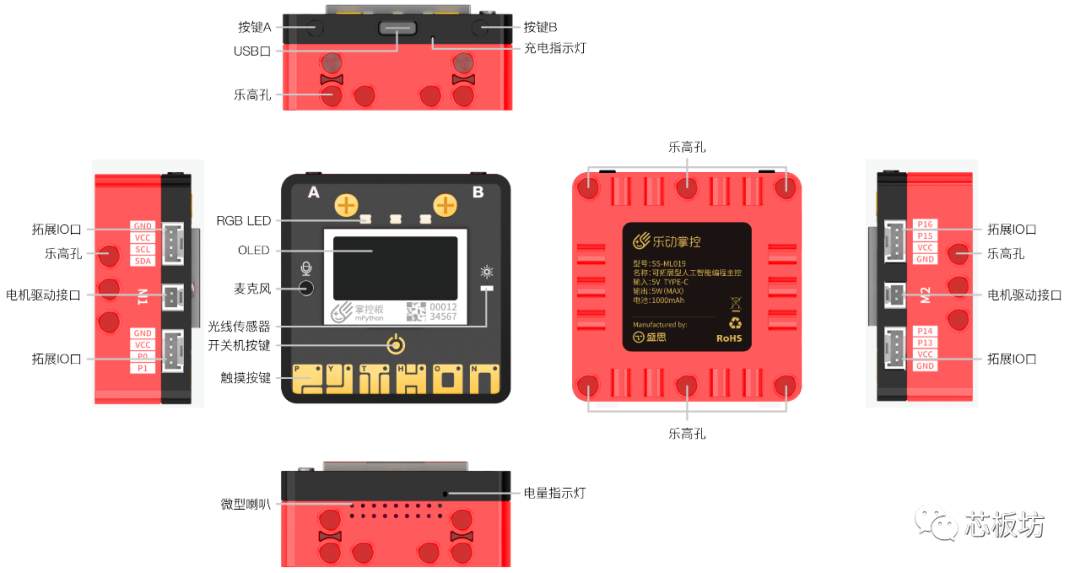
This expansion board can be said to have created a series of ecosystems. The expansion board can extend various functions, and what attracts me the most is its Faces module. It is a larger board that can connect expansion boards below the screen.
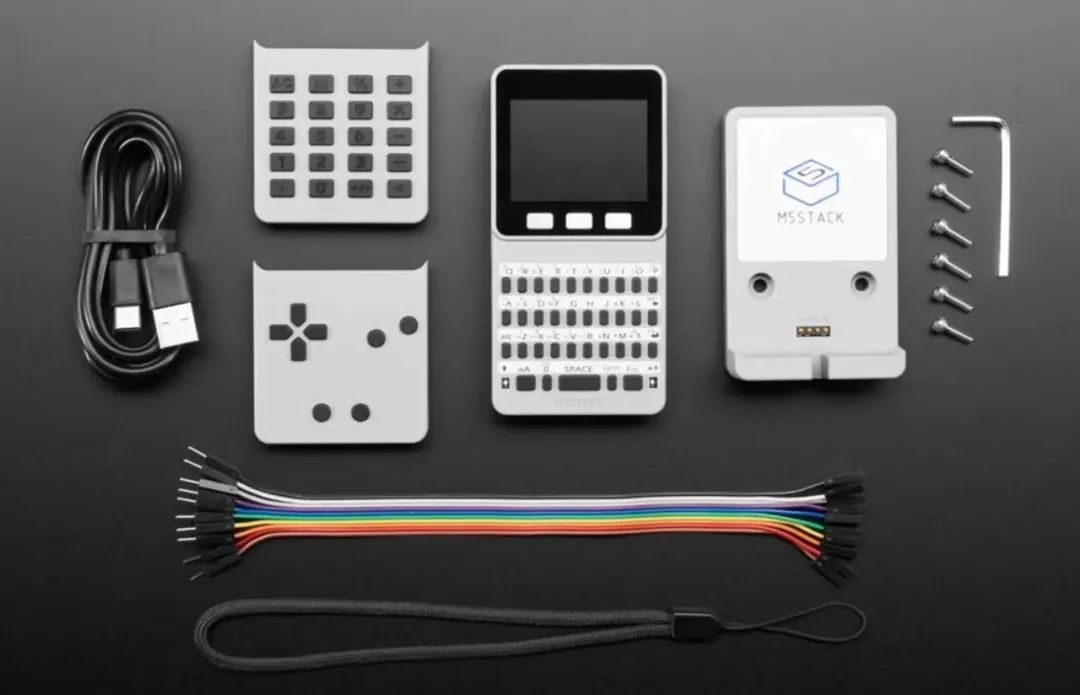
This way, the development board acts like a phone, allowing for more input work, such as keyboards, game joysticks, NFC reading modules, and calculator keyboards. Its back also has four touch points with matching touch charging functionality.
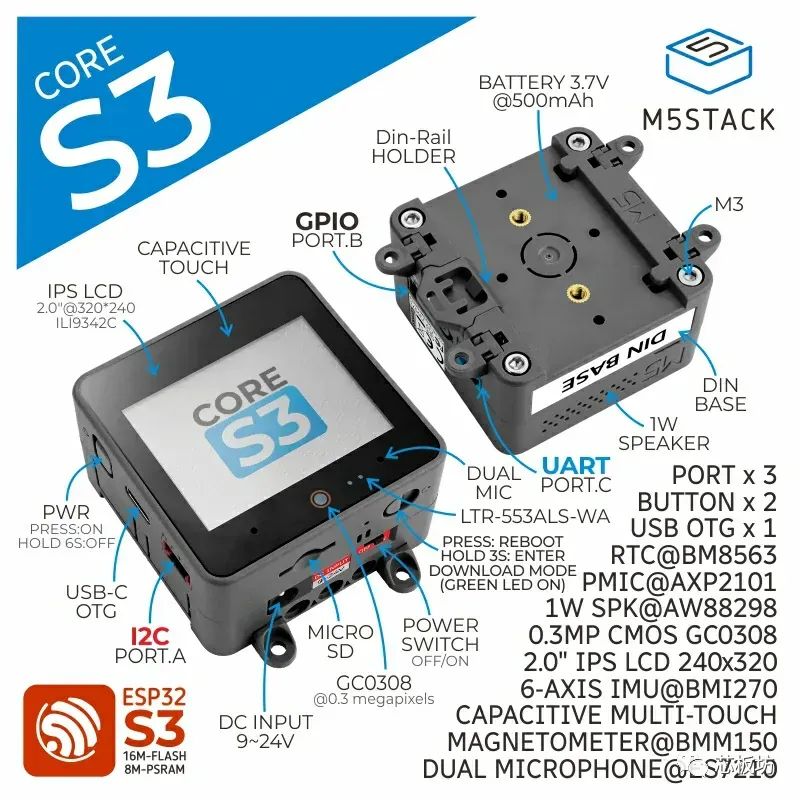
Now their latest M5Stack Core3 has a touch screen and includes a camera, meaning they have already handled the hardware for us; all we need to do is buy what we want to achieve. The main challenge lies in the software aspect.
In summary, you can see that both are focused on how to make hardware convenient and how to integrate more sensors and functions. The expansion functions are concentrated in the ecosystem of the expansion boards.
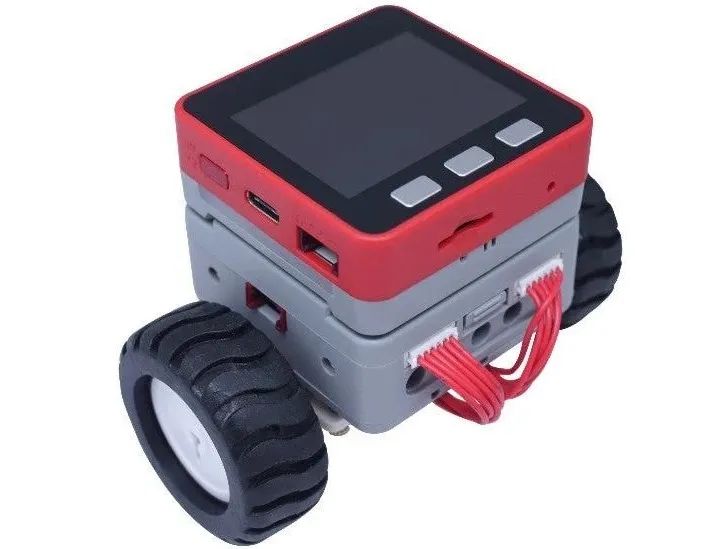
If the ecosystem is strong, we can fully use their ecosystem, and there are even cases for various DIY projects such as smart cars and drones.
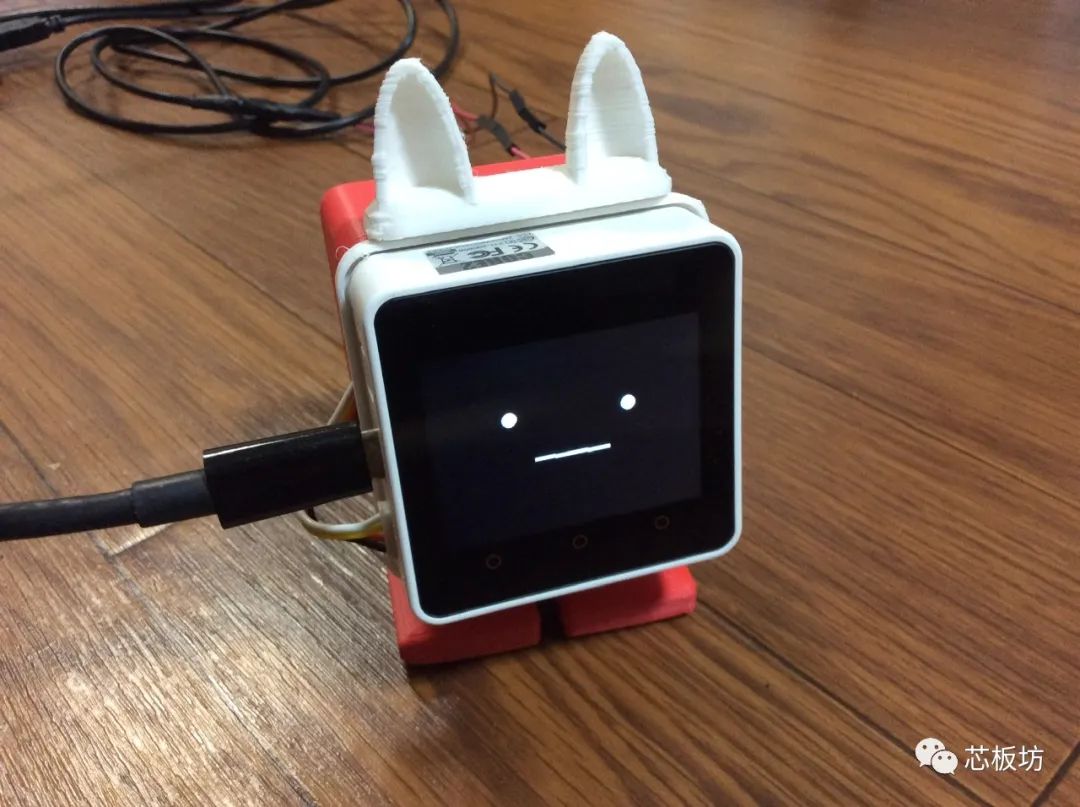
All are included in their ecosystem.
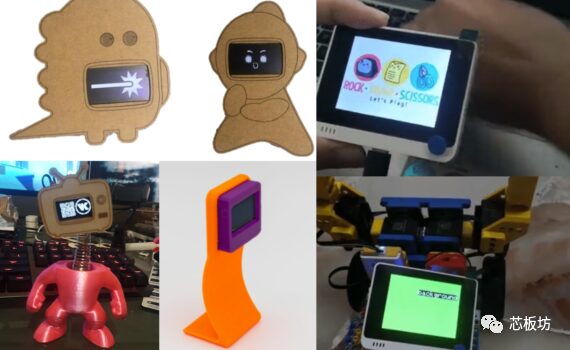
However, the problem is that the control board is priced at 99, and the expansion board is also 99. Looking at the control board alone, it is already a reasonable price. But when adding the expansion board, it becomes expensive. The M5Stack Core is even more outrageous, priced above 299.
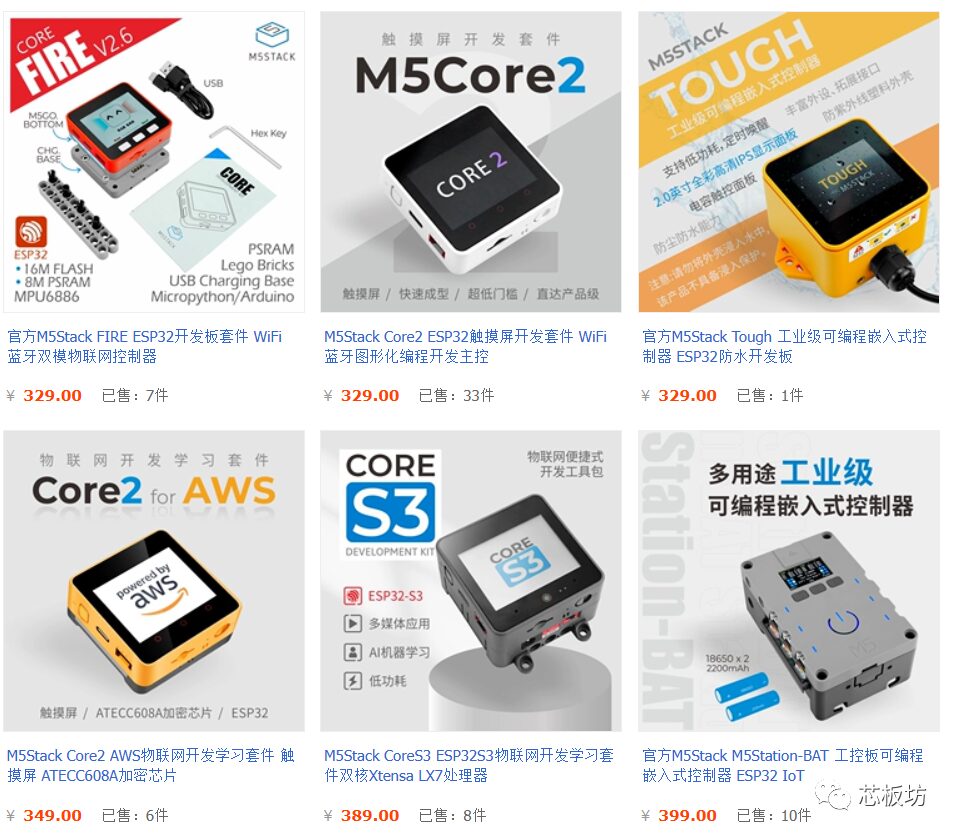
The expansion boards also generally cost around 100.
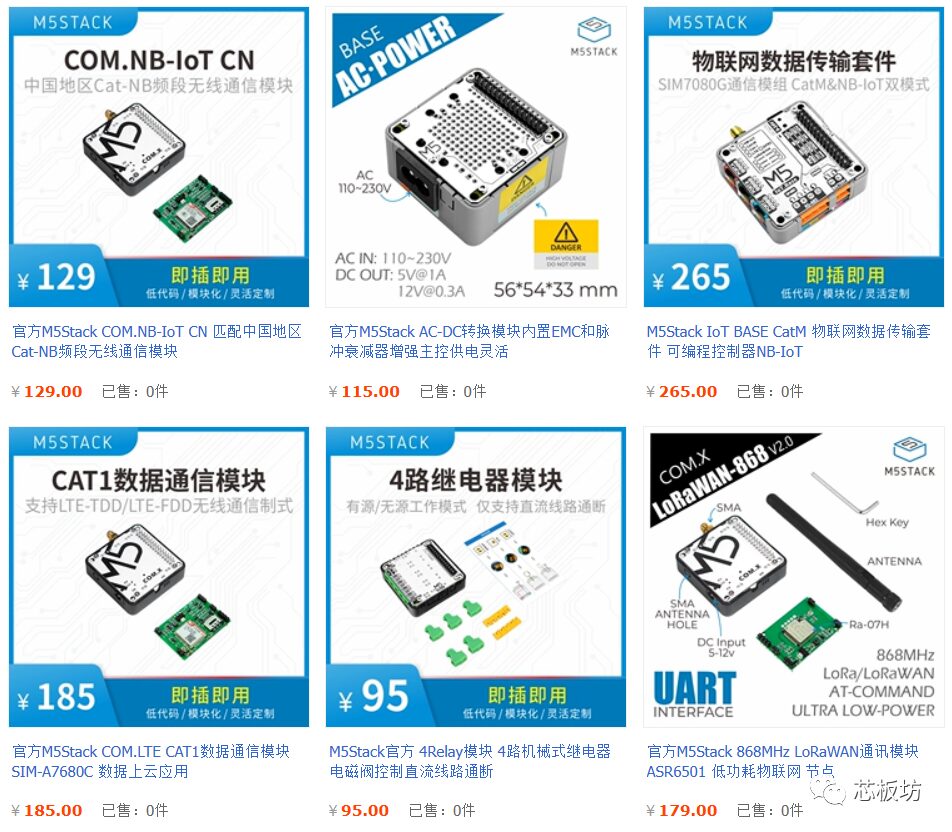
At this point, would you still consider such products? I was impulsive when I bought M5Stack products because I thought this was exactly what I wanted—true modularity.
However, after receiving it, I found it could only be considered a micro-innovation. The reason it is so expensive is straightforward: small size, high integration of PCBs, molded shells, and various sensors and screens all require costs.
Modularity and productization are likely to be the trend of development boards in the next ten years.
For instance, Orange Pi is going to launch open-source game consoles, open-source watches, and open-source phones.
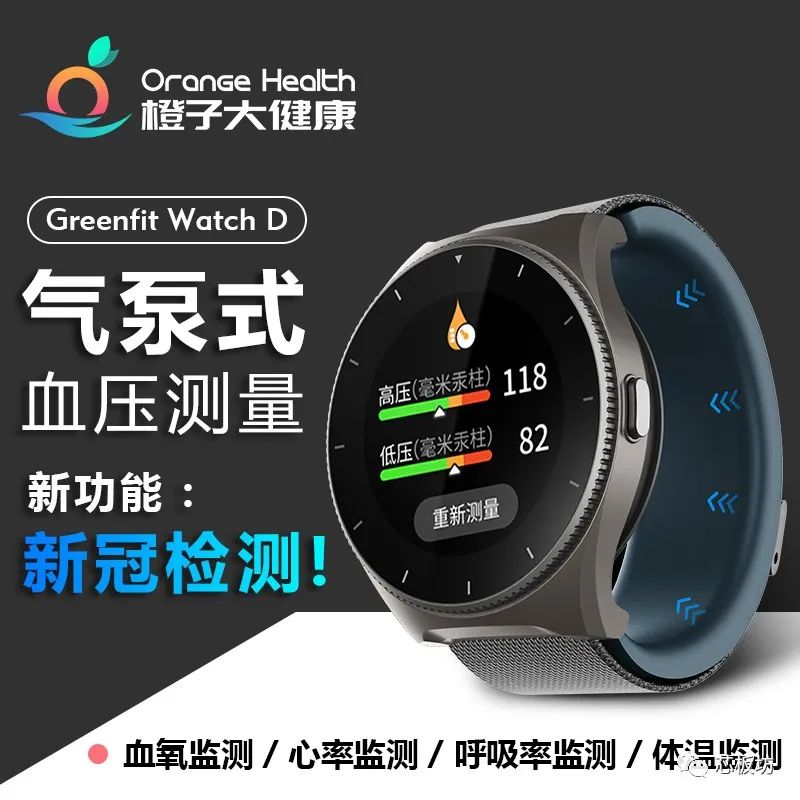
Pine64 even launched open-source headphones.

Friendly development boards with cases can be plugged into a TV and powered on, essentially ready to use out of the box.
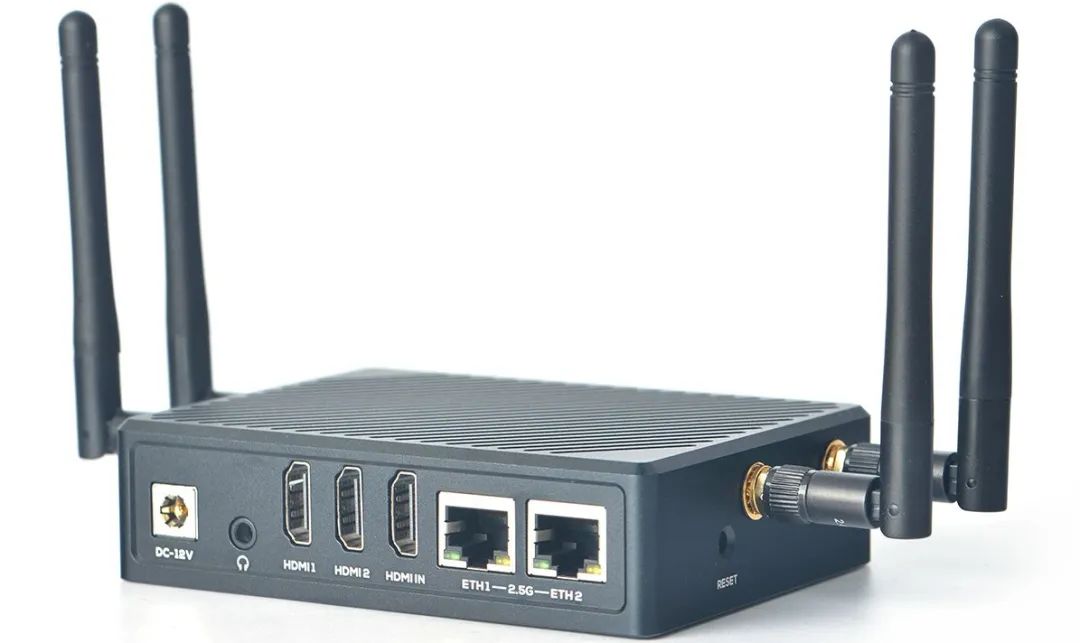
And in the MCU development board field, it is also moving towards this trend, becoming a type of electronic toy or hardware programming teaching tool.
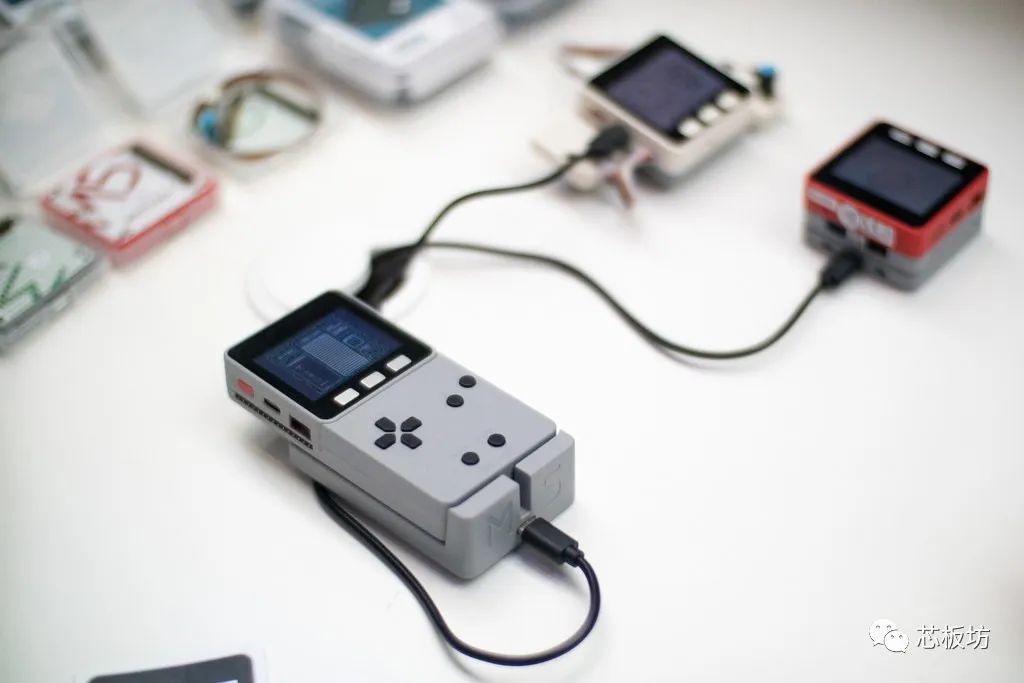
Originally, development boards were meant to save hardware engineers time, but now, various products made for popularization have completely deviated from the concept of development boards, turning into electronic products.
Software has become the main work needed. After all, software isn’t just about adding a shell and making the interfaces a bit more convenient; it requires more manpower and time investment. The benefit is that once successful, the cost is very low.
The forward development direction is software graphical programming, hardware modular assembly, and various DIY concept products. It seems to have already departed from the ugly blue, green, and black PCBs, adding a nice shell, but the internal components remain the same.
What remains substantial are chip performance, interface quantity, software and hardware stability, more convenient development tools, fewer bugs, and less fragmentation in ecosystems. These advancements seem to be the fundamental progress and truly mark advancement.
Alright, I will stop here. If you have anything to say, remember to comment below, and see you next time.
Orange Pi 3G-IOT-A
https://m.tb.cn/h.5cPlTTz?tk=A7SOdvm5rSb
Recently we created a development board selection website. Although it is not yet perfect, we have already recorded about 400 development boards. If you are interested or have needs, you can check out our selection website. If you have any good suggestions, you can also say in the group or leave us a message.
The domain name of our website is: findboard.cn
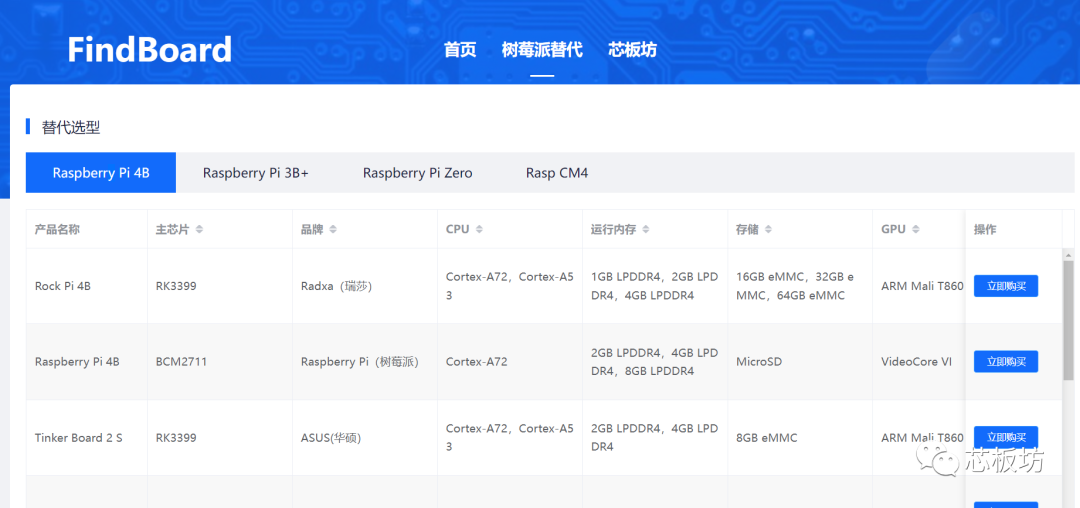
(We have not yet adapted for mobile; if you are accessing from a mobile device, the experience may not be very satisfactory. We recommend using a computer browser for now)